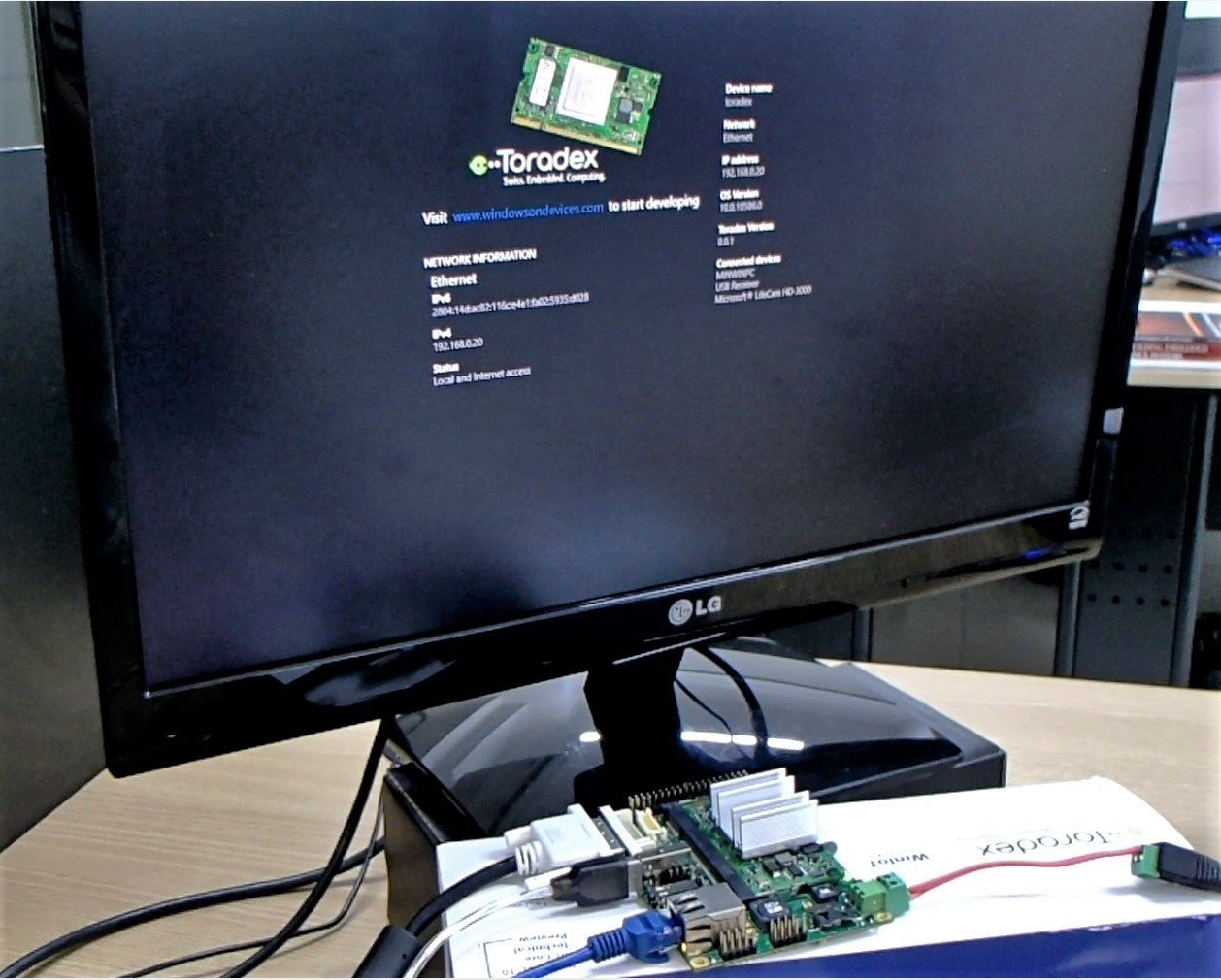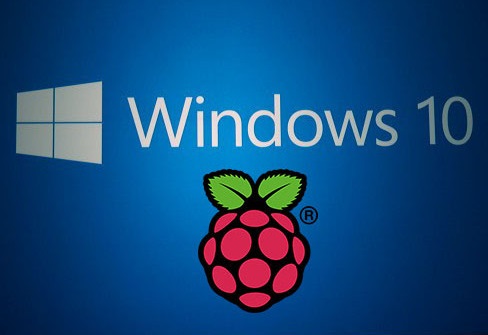

- #Windows 10 iot core gui software license#
- #Windows 10 iot core gui full#
- #Windows 10 iot core gui windows 10#
- #Windows 10 iot core gui software#
The plus side is that a Raspberry Pi runs its OS off a microSD card, so if anyone eventually comes up with a fully working version of Windows 10 for Raspberry, it could be simply swapped in to the existing hardware. And running Windows Universal apps on the device might be a great pipe dream, but for now, the promise of Windows 10 on a Raspberry remains distinctly unfulfilled.

#Windows 10 iot core gui software#
Perhaps some hacker will come up with a desktop solution for it, but right now the Windows IoT/Raspberry Pi combo is pretty much unusable for anyone but the most serious developer.Ĭourtesy of Ubuntu MATE, I can report that the Raspberry Pi is perfectly usable as a productivity platform, so long as you have the right software and peripherals. The issue is that the Windows IoT Core version for Raspberry Pi does have a GUI stack, which will run Microsoft’s Universal App Platform, but has no Windows desktop or command prompt. For anyone but the hardware-obsessed, though, I have to wonder why. So obviously they called their market right. A collaboration between Microsoft’s IoT division and Adafruit, this pack’s the best way to get started using both Windows 10 on your Pi and to start doing some popular projects with the internet of things.” And it retails for the princely sum, with Raspberry Pi 2 Model B bundled, of $114.95.Īpparently, this has been so popular that it’s already sold out at Adafruit, although they promise to have more ready soon.
#Windows 10 iot core gui full#
This will connect your board to the network.Hardware geek cornucopia Adafruit has just rolled out the Microsoft Internet of Things Pack for Raspberry Pi 2, a full hardware developer kit for any electronics-savvy whizzkid aching “to get started using Windows 10 and your Raspberry Pi as an IoT enabled device.

#Windows 10 iot core gui software license#
Password: Accept the software license terms and click Download and Install. Otherwise the default credentials will remain as: Make sure to give your device a new name and password.


 0 kommentar(er)
0 kommentar(er)
